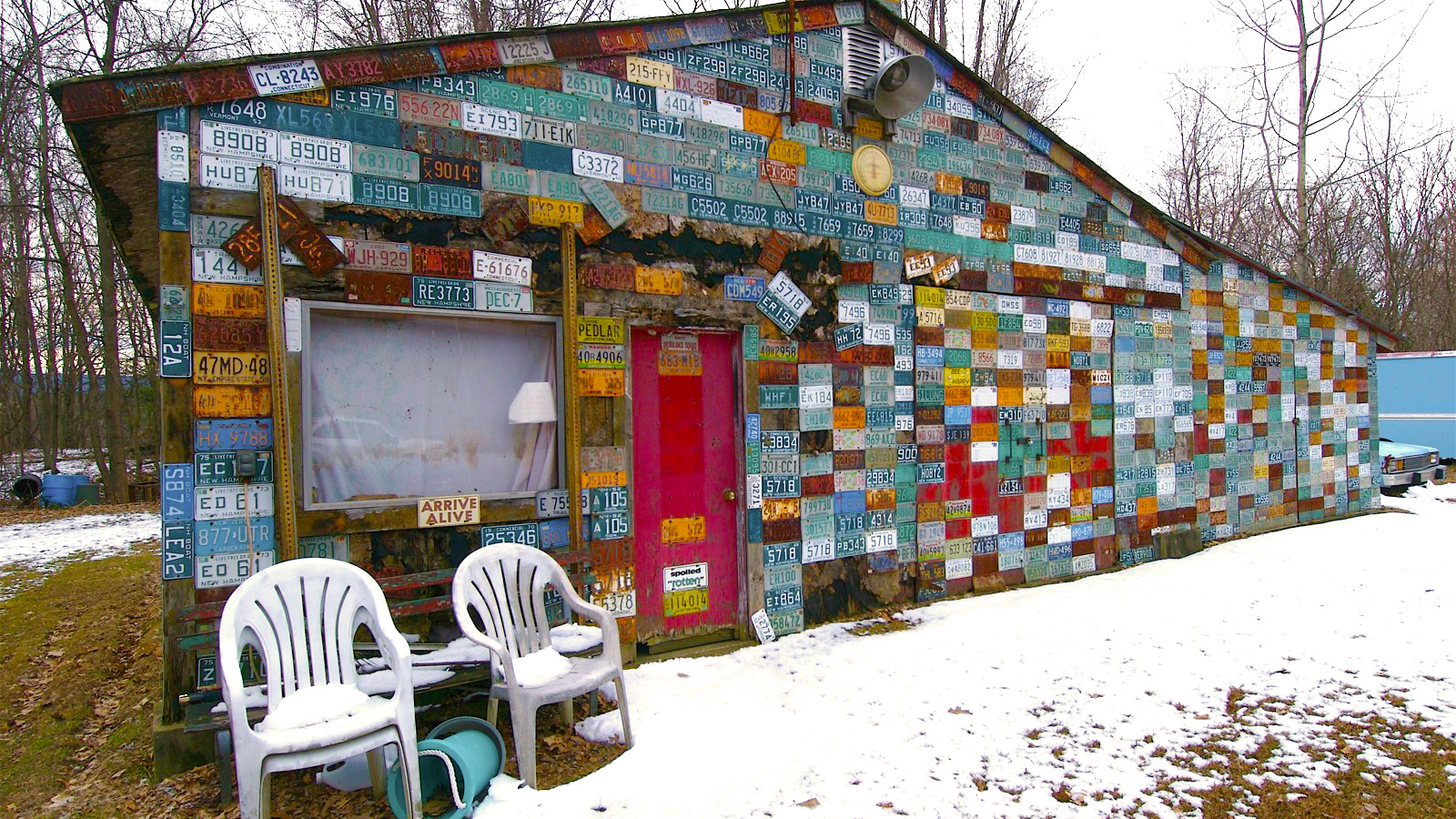Send your question to Umbra!
Q. Do you know anything about polypropylene house siding? We have to get our whole house re-sided and (obviously) wanted to avoid using vinyl, but it’s so much cheaper than all the other options. And then I saw that Consumer Reports seems to differentiate between vinyl siding and “other plastic/polymer siding” in their rankings and I did some research. It looks like PP siding is an entirely different product.
Jeff K.
Brighton, Mass.
A. Dearest Jeff,
The greenest house is probably one we build ourselves from natural materials gathered from the forest floor. Somehow this sort of back-to-nature carpentry is a nonstarter for most people, however, so we’re stuck with actual houses that need some type of protective siding. I’ve spent the better part of a day immersing myself in polypropylene, and I’d be tickled to share what I’ve learned.
You’re correct, Jeff, that polypropylene is not the same thing as the oft-villainized vinyl (all together now: “No vinyl, and that’s final”). Rather, it’s a thicker, injection-molded plastic that we often encounter as bottle caps, automotive parts, ketchup bottles, and any other #5 plastic. In its siding form, polypro often comes shaped to resemble wood cladding or shingles.
Lining up in the pro column for PP, we have the following: 1) It’s affordable (though often pricier than vinyl, the dirt-cheapest option); 2) It’s lightweight and simple to install and maintain; 3) It may be made from recycled materials; and 4) It may be recyclable, depending on where you live.
And of course, perhaps its biggest advantage: It’s not vinyl, that dioxin-producing substance that makes up a whole lot of the siding on the market. Polypropylene earns a relatively decent four ranking on Greenpeace’s Pyramid of Plastics (the highest score is a five), whereas vinyl gets the most toxic rating, one.
On the other hand, polypro is still a petroleum-based product. And though it’s theoretically recyclable, in many places “it’s likely there’s no infrastructure to do that,” notes Wes Sullens, Green Building Program Manager at StopWaste of Alameda County, Calif. Patrick Hayes, a recycling specialist for the city of Oakland and environmental building consultant, also cautions, “Plastics in the outdoors don’t have a long track record” of durability. Plus, “Fires burn plastic and generate toxic smoke.”
Another concern with plastics is that we don’t often know exactly what goes into them. “What kind of plasticizer did they use?” asks Sullens. “What conditioners and UV protections? It’s hard to give a full assessment of things” without that knowledge, which is unfortunately tough to obtain.
As you may have discovered in your research, Jeff, there are several other siding options on the market that score better in end-of-life management, durability, and other measures. Brent Ehrlich, Product Editor at Building Green, Inc., likes Forest Stewardship Council-certified white cedar for its toughness and longevity, plus the fact that it comes from a renewable resource. Hayes recommends preprimed fiber cement (cement mixed with wood fibers), which is long-lasting and may be partially recycled. There’s also aluminum, steel, stucco, and brick. Of course, all of these products will cost you a significantly larger chunk of change than PVC or PP.
Alas, each of these also has its own environmental impact, from the energy-intensive production of fiber cement and aluminum to wood’s often shorter lifespan. “There’s no perfect material,” says Ehrlich.
When buying siding (or anything, really), we should consider where the raw materials come from, how much energy is required to produce and transport it, how long it lasts, and what happens when it reaches the end of its useful life. And in the real world, we have to balance all of that with what we can afford.
If wood or fiber cement just isn’t in the cards for you, Jeff, polypropylene is certainly a better choice than vinyl. “As plastics go, polypropylene is one of the cleaner ones,” says Ehrlich. “If you’re going to make a siding out of plastic, that’s not a bad one to go with.” At least until somebody invents a solar-powered force field to protect our homes, anyway.
Claddingly,
Umbra



